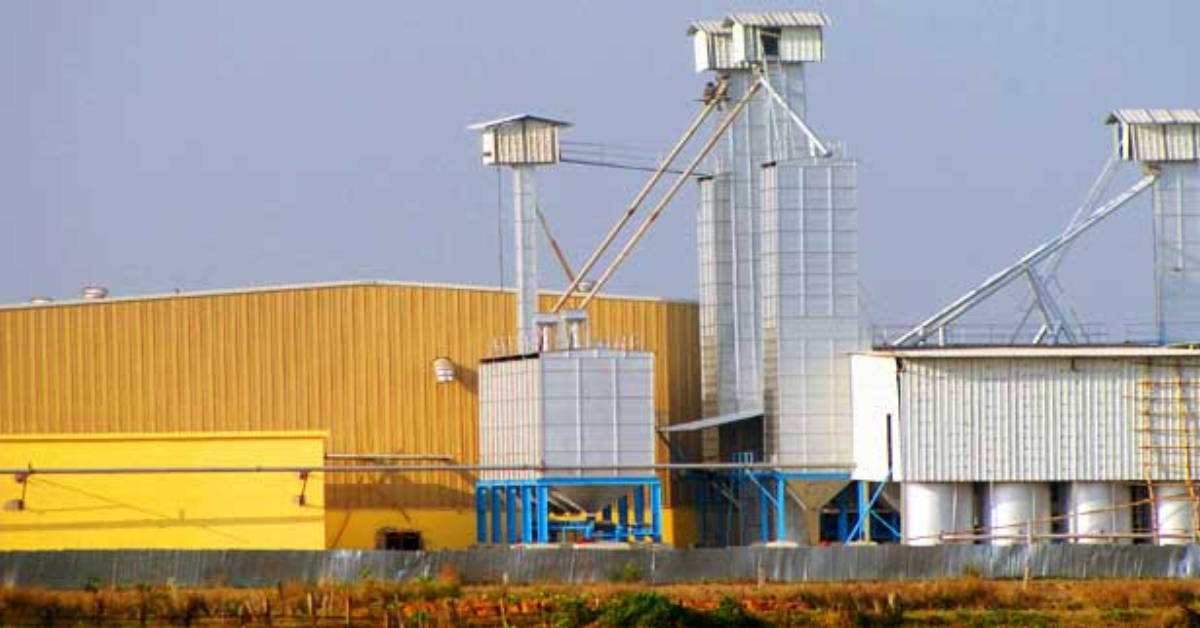A Comprehensive Guide to Rice Processing Machines: Revolutionizing Rice Milling for the Modern Age
Rice, a staple food for over half the world’s population, undergoes an extensive journey before reaching our tables. From paddy harvesting to polished grain, the rice processing cycle involves multiple steps—each requiring precision and efficiency. In this context, the Rice Processing Machine plays a transformative role in the agricultural and food processing industries.
Modern rice processing machines, built with advanced technologies, help streamline these steps, reduce grain wastage, improve quality, and enhance profitability. Whether it’s a small-scale farmer or a large commercial mill, having the right set of rice processing machinery is essential to success in today’s competitive market.
What Is a Rice Processing Machine?
A rice processing machine is a piece of equipment designed to automate and improve the various stages of rice milling—from cleaning and dehusking to polishing and grading. These machines are engineered to handle the unique texture, density, and structure of rice grains, ensuring minimal breakage and optimal output.
Rice processing machines are available in individual units or as part of an integrated system, capable of managing the entire workflow within a rice mill. Some machines are designed for specific tasks such as de-stoning, husking, or polishing, while others offer combined functionalities to reduce labor and time.
Key Components of a Modern Rice Processing Line
A complete rice processing setup consists of a variety of machines, each performing a crucial task. Below are the major machines commonly used in rice mills:
1. Paddy Cleaner
Before any processing begins, the harvested paddy must be cleaned to remove stones, straw, dust, and other impurities. Paddy cleaners use vibration and airflow techniques to perform this task efficiently.
2. Destoner
Destoners are designed to separate heavy foreign materials like stones from the rice grain. This helps in preventing damage to downstream equipment and ensures food safety.
3. Paddy Husker
This machine removes the outer husk (also known as the hull) from the paddy grain. The husking process must be done carefully to avoid breaking the grain. Rubber rollers are often used for gentle husking.
4. Paddy Separator
After husking, the mixture contains both brown rice and unhusked paddy. The paddy separator effectively separates the two by taking advantage of their density difference, allowing the unhusked grains to be sent back for reprocessing.
5. Rice Whitener
The rice whitener removes the bran layers from brown rice, converting it into white rice. Modern machines ensure minimal grain damage while maximizing output.
6. Rice Polisher
To enhance appearance and increase shelf life, the rice polisher gives the grains a shiny and smooth surface. Water mist or air cooling systems may be used to control heat and moisture during this step.
7. Grading Machine
Once polishing is complete, rice grading machines classify grains based on size and shape. Broken rice is separated from whole grains to meet commercial standards.
8. Color Sorter
This high-tech machine identifies and removes discolored or defective grains using high-resolution cameras and AI algorithms. The result is uniform, premium-quality rice.
9. Packing Machine
At the end of the process, rice packing machines are used to weigh, fill, and seal bags, ready for distribution. Automatic packaging ensures hygiene, consistency, and speed.
Advantages of Using Rice Processing Machines
Modern rice processing machines offer a host of advantages for millers and producers. Here are some key benefits:
1. Increased Efficiency
Automated machines reduce the time and effort required to process large volumes of rice. This allows for higher throughput with fewer human resources.
2. Improved Grain Quality
Machines like polishers, whiteners, and color sorters help deliver a consistent and premium-grade final product. This is especially important for meeting export and retail standards.
3. Minimized Wastage
Precise control over every step reduces the percentage of broken grains, dust, and unusable by-products, increasing the yield from raw paddy.
4. Better Hygiene and Safety
Enclosed systems minimize contamination, making the rice safer for consumption. Features like dust extraction also improve the work environment.
5. Customizable Solutions
Advanced manufacturers offer modular systems where users can select machines based on their specific capacity, grain type, and processing requirements.
Choosing the Right Rice Processing Machinery
Whether you’re setting up a new rice mill or upgrading your existing facility, selecting the right machinery is crucial. Here are some factors to consider:
-
Capacity Needs: Machines are rated based on tons per hour (TPH). Choose equipment that matches your daily production goals.
-
Grain Type: Basmati, parboiled, long-grain, and short-grain rice all have unique processing needs. Ensure compatibility.
-
Automation Level: High-tech systems with programmable logic controllers (PLCs) and touch panels offer better precision and ease of use.
-
Durability: Stainless steel construction and robust components improve the longevity of the machines.
-
Energy Efficiency: Machines with low power consumption reduce operational costs and environmental impact.
-
After-Sales Support: Reliable technical support, training, and spare parts availability are essential for uninterrupted operations.
Integrated Rice Milling Solutions
Manufacturers now offer integrated rice milling plants that bring all essential machines into one compact unit. These plants streamline the entire process, from raw paddy input to packaged rice output. Features include:
-
Automated material handling
-
Centralized control systems
-
Real-time data monitoring
-
Dust and husk management systems
Integrated solutions are especially beneficial for large-scale operations where consistency, efficiency, and productivity are paramount.
Innovations in Rice Processing Technology
Technological advancements are continuously reshaping the rice processing industry. Some of the notable innovations include:
1. AI-Powered Sorting
Using artificial intelligence, color sorters can now identify minute defects that were previously undetectable. This leads to near-perfect quality control.
2. Energy-Efficient Designs
New machines consume less power and reduce heat emissions. Eco-friendly features make these systems more sustainable and cost-effective.
3. Remote Monitoring and Diagnostics
Many machines now come with IoT-enabled sensors that provide remote monitoring, maintenance alerts, and performance tracking via mobile apps or cloud platforms.
4. Noise and Vibration Control
User-centric designs are now focusing on making operations quieter and smoother, improving the working environment for staff.
Applications Across the Globe
Rice processing machines are used worldwide, particularly in major rice-producing countries such as:
-
India
-
China
-
Vietnam
-
Thailand
-
Indonesia
-
Bangladesh
-
Nigeria
-
Philippines
From small rice millers in rural areas to high-output commercial producers, these machines cater to a wide variety of users.
Maintenance and Operational Tips
To ensure longevity and performance, rice processing machines should be regularly maintained. Key tips include:
-
Routine Cleaning: Clean all hoppers, screens, and rollers daily to avoid contamination and clogging.
-
Component Inspection: Regularly check belts, motors, and filters for signs of wear.
-
Lubrication: Proper lubrication of moving parts reduces friction and prolongs machine life.
-
Operator Training: Ensure that machine operators are well-trained and understand each function and safety protocol.
Future of Rice Processing Machinery
The future of rice processing lies in smart automation, environmental sustainability, and digital integration. Manufacturers are now developing machines that are self-adjusting, self-cleaning, and interconnected via smart systems. As the demand for high-quality rice continues to grow, the need for faster, cleaner, and more efficient processing methods will only increase.
Conclusion
The rice processing machine is a cornerstone of modern rice milling, providing the precision, speed, and quality needed to meet global demands. From cleaning and husking to polishing and packing, every step of the rice production process has been revolutionized through innovative machinery.
Whether you’re managing a small mill or a large-scale processing plant, investing in the right machines can drastically improve your output quality, reduce waste, and boost profitability. As the industry moves toward smarter and more sustainable practices, rice processing machines will continue to be at the forefront of agricultural innovation.






